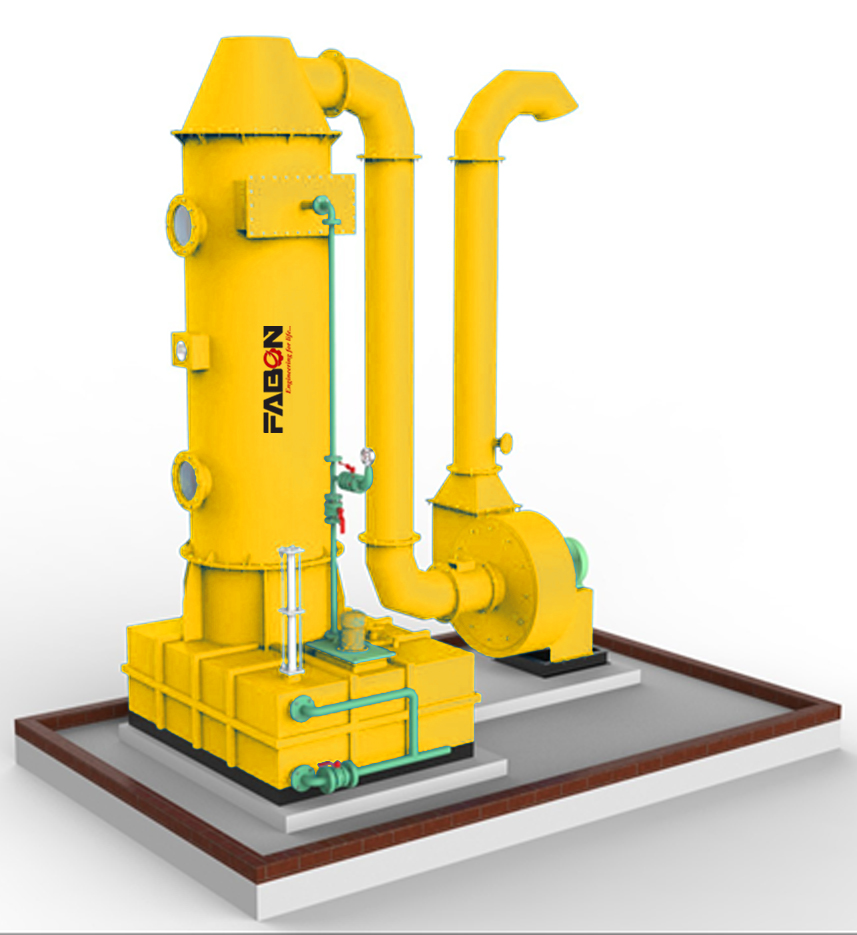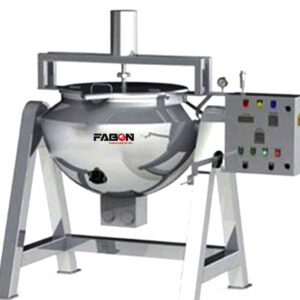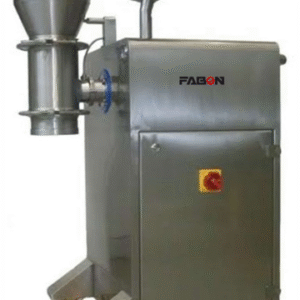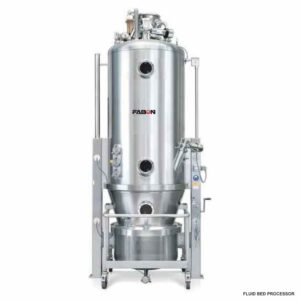Scrubbers for Granules and FBD Exhaust Systems:
Thank you for reading this post, don't forget to subscribe!In pharmaceutical production, air quality maintenance and reduction of particulate emissions are paramount, particularly in processes such as granulation and fluid bed drying (FBD). Scrubbers are integral devices applied to purify exhaust gases through the removal of fine particles and contaminants to meet environmental regulations and safeguard equipment.
- Construction Material:
Generally made from stainless steel (grades 304 or 316L) to withstand corrosion and provide durability.
- Scrubbing Mechanism:
employs a fluidized bed process, where exhaust gases flow through a layer of solid particles carried by an upward gas or liquid flow. This maximizes the contact between the gas and scrubbing medium, enhancing particulate removal efficiency and soluble gases.
- Filtration Efficiency:
has the ability to remove fine particles, including sub-micron sizes, with efficiencies up to 99.8%.
- Airflow Capacity:
Designed to accommodate changing airflow rates, usually between 1,500 and 8,000 cubic meters per hour, depending on the size of the FBD and production needs.
- Pressure Drop:
Has a low-pressure drop, usually around 6 inches of water gauge, to facilitate energy-efficient operation.
- Integration Capabilities:
Is easily integrated into existing FBD systems and granulation equipment, with smooth operation and control.
- Uses and Importance:
- Particulate Removal: Efficiently captures exhaust gas fine particles during drying and granulation processes, minimizing product loss and environmental pollution.
- Gas Pollutant Absorption: Removes soluble gas pollutants, including sulfur dioxide (SO₂) and hydrogen chloride (HCl), to ensure emissions are within regulatory limits.
- Operational Efficiency:
Avoids particulate buildup in exhaust systems, minimizing maintenance requirements and extending equipment life.
- Environmental Compliance:
Guarantees that pharmaceutical process emissions comply with environmental regulations, safeguarding the environment and public health.
The use of fluidized bed scrubbers in pharmaceutical operations such as granulation and FBD is important in ensuring air purity, safeguarding equipment, and meeting environmental requirements.






Reviews
There are no reviews yet.